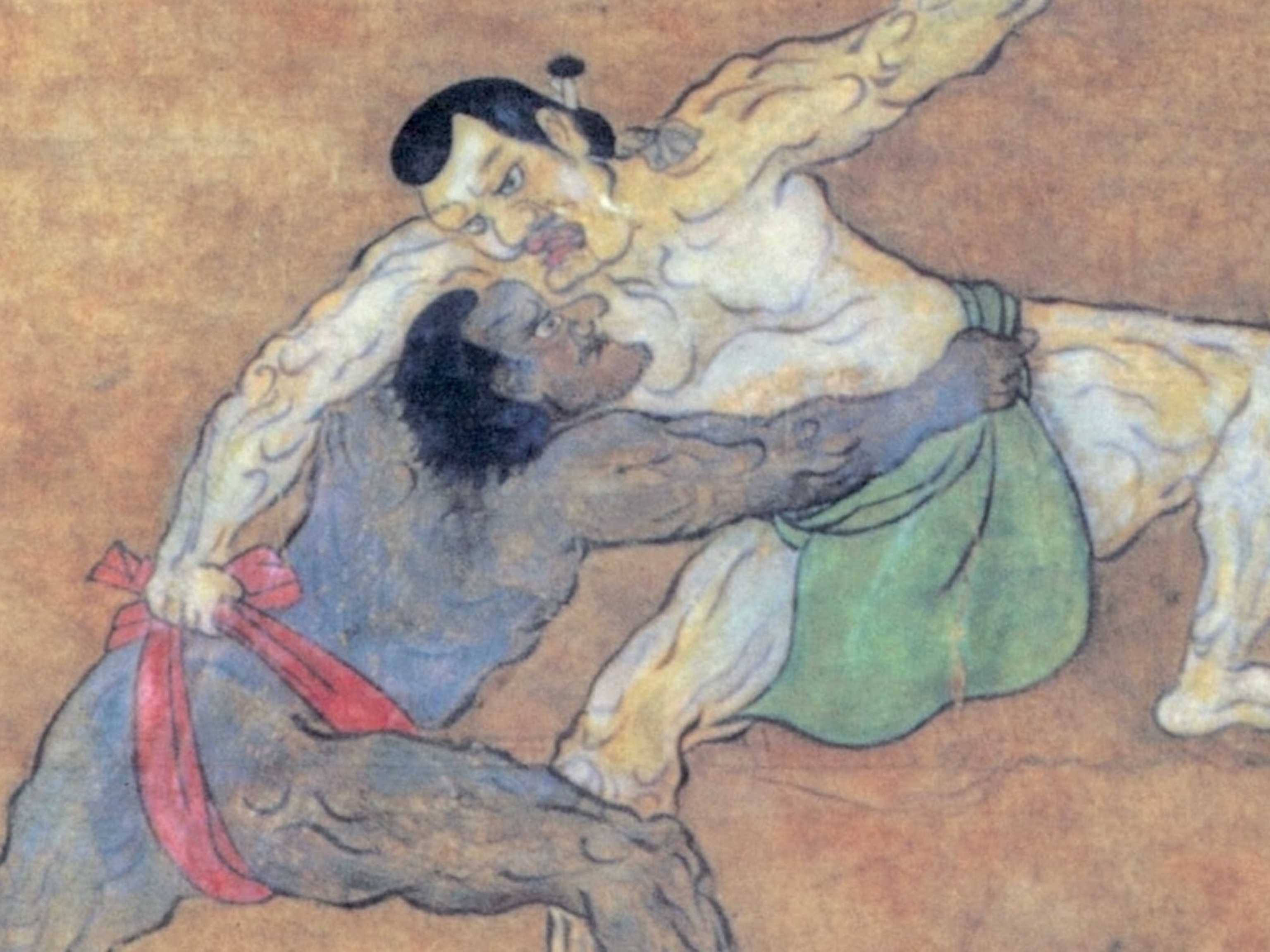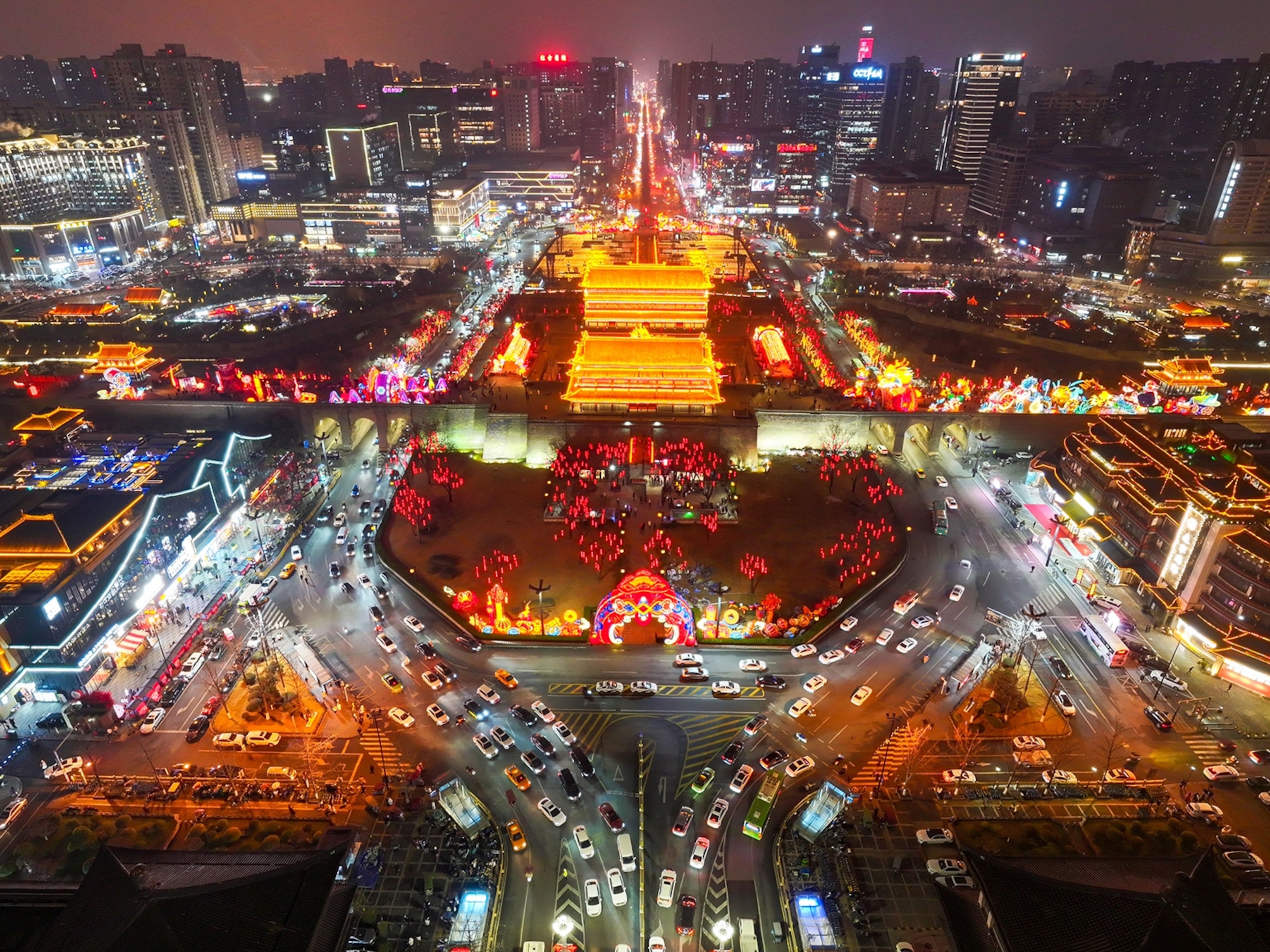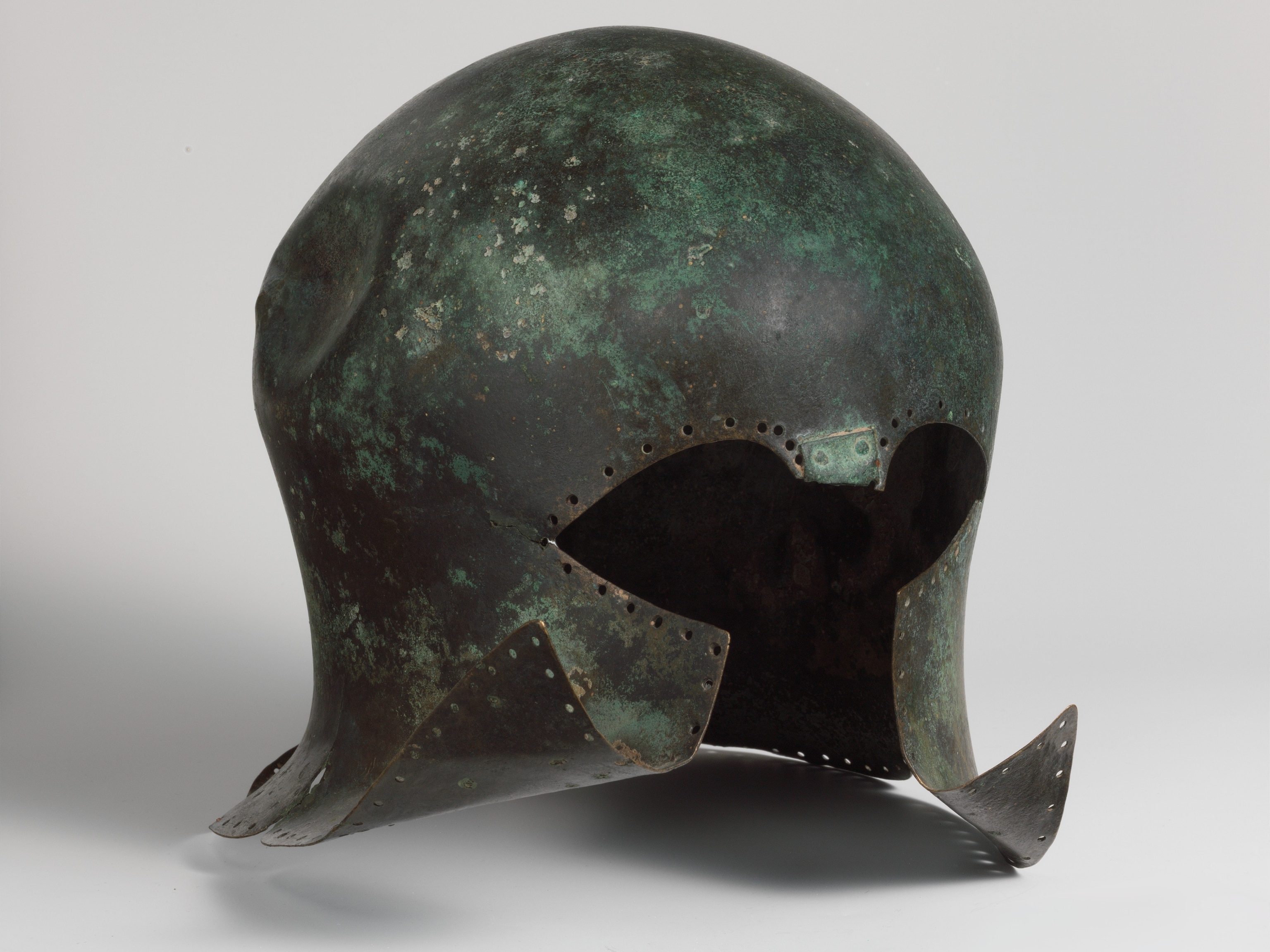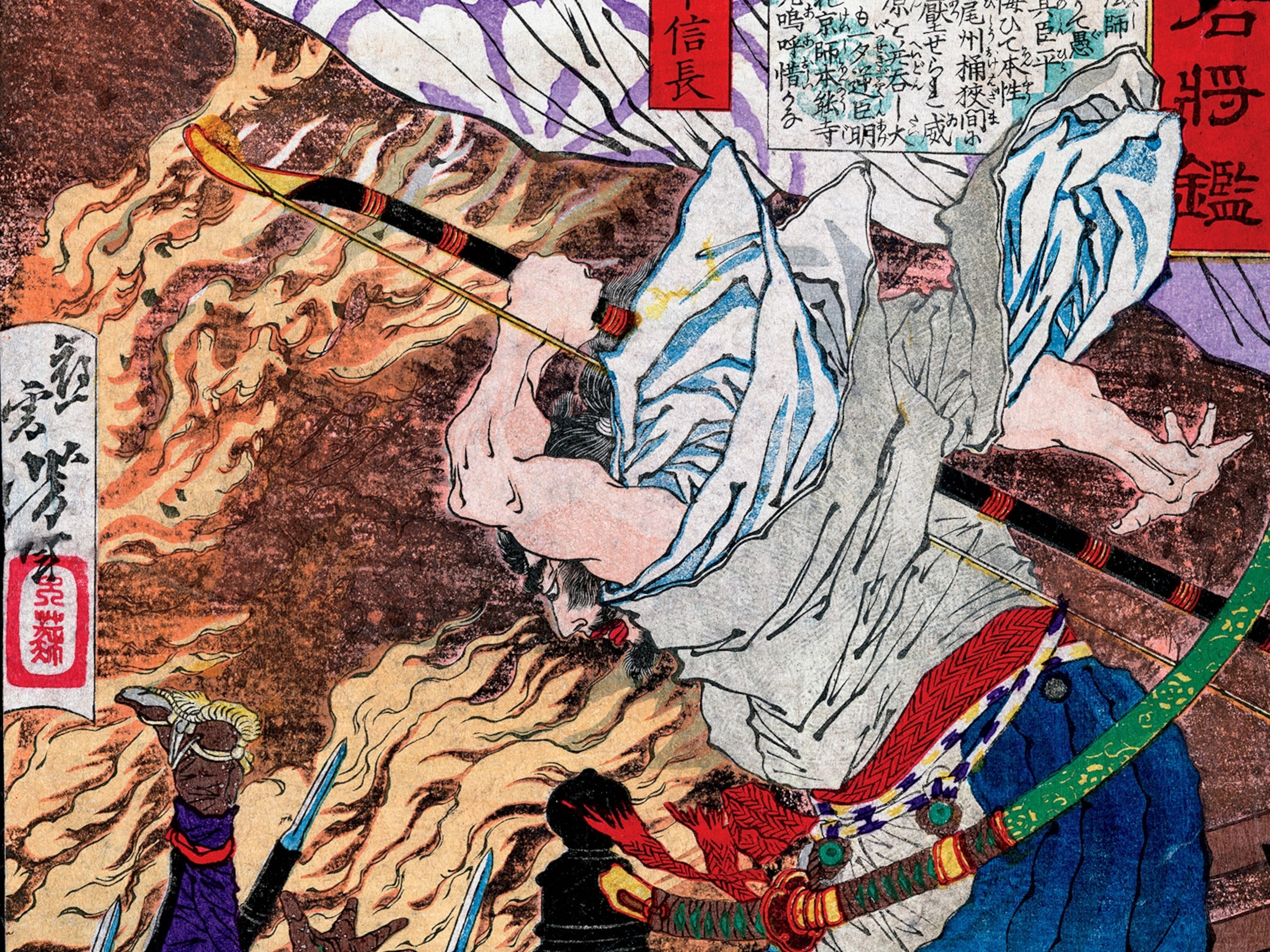
Soon we’ll all be living in the imperial Reiwa era. What’s that?
For more than 1,300 years, the crowning of each new Japanese emperor has brought with it a new age. Here’s why the Reiwa era will be very different from its predecessors.
When Prince Naruhito becomes emperor of Japan on May 1, the 31-year-long Heisei imperial era of Naruhito’s father, Emperor Akihito, will come to an end, and the imperial era of Reiwa—the 248th era with an official name—will begin.
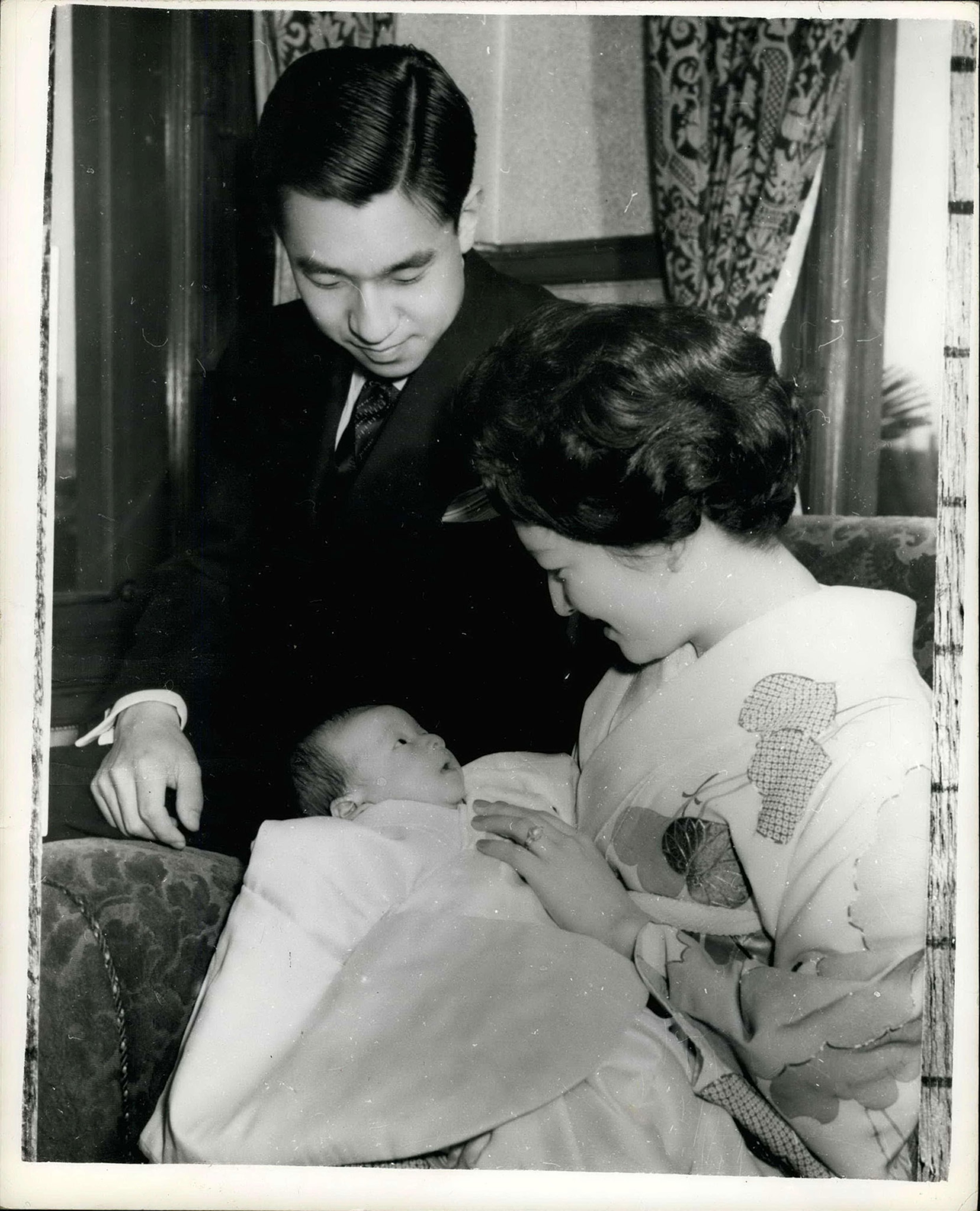
Traditionally, every Japanese emperor is assigned a gengo, or era name, which is used to identify years on the Japanese calendar and serves as an official name used on state documents like drivers’ licenses and currency.
The Japanese tradition of gengo was adopted from a similar Chinese one in 645, and the Chinese language has traditionally played a crucial role—not only is each era represented by two Chinese characters, but the names are drawn from classical Chinese literature. Usually, Japanese scholars propose a number of options, which are then chosen by the emperor or government.
But though the new era that will begin in 2019 is represented by two Chinese characters, its source is a Japanese poem, not a Chinese text. “Rei” means auspicious or good, and “wa” means peace or harmony. The characters are found in a poem penned more than 1,200 years ago by Ōtomo no Yakamochi, a statesman and poet who wrote about an early spring day and the opening of plum blossoms.
Learn more about the history of Japan's monarchy—the world’s oldest continuous hereditary dynasty.
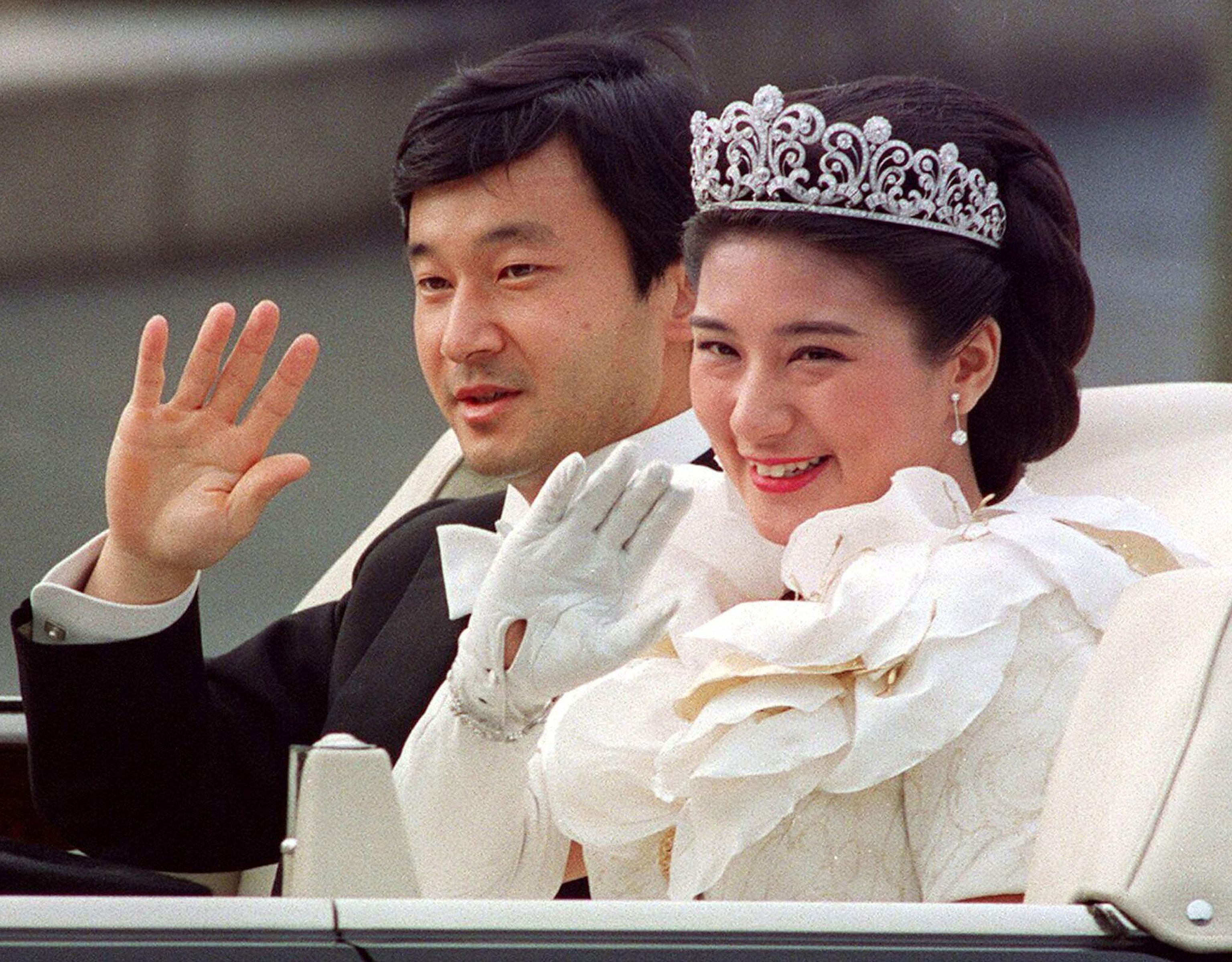
To name the new era, the Japanese government commissioned suggestions from about 30 scholars in literature and history whose identities will remain anonymous. Despite the waning use of gengo—in a recent Kyodo News survey, only 18.8 percent of respondents said they would rather use the gengo calendar than the Gregorian calendar or a hybrid system—the announcement was met with widespread speculation and excitement in Japan.
The first new imperial era of the computing age also requires specialized software updates for Japanese users and even a new Unicode character.
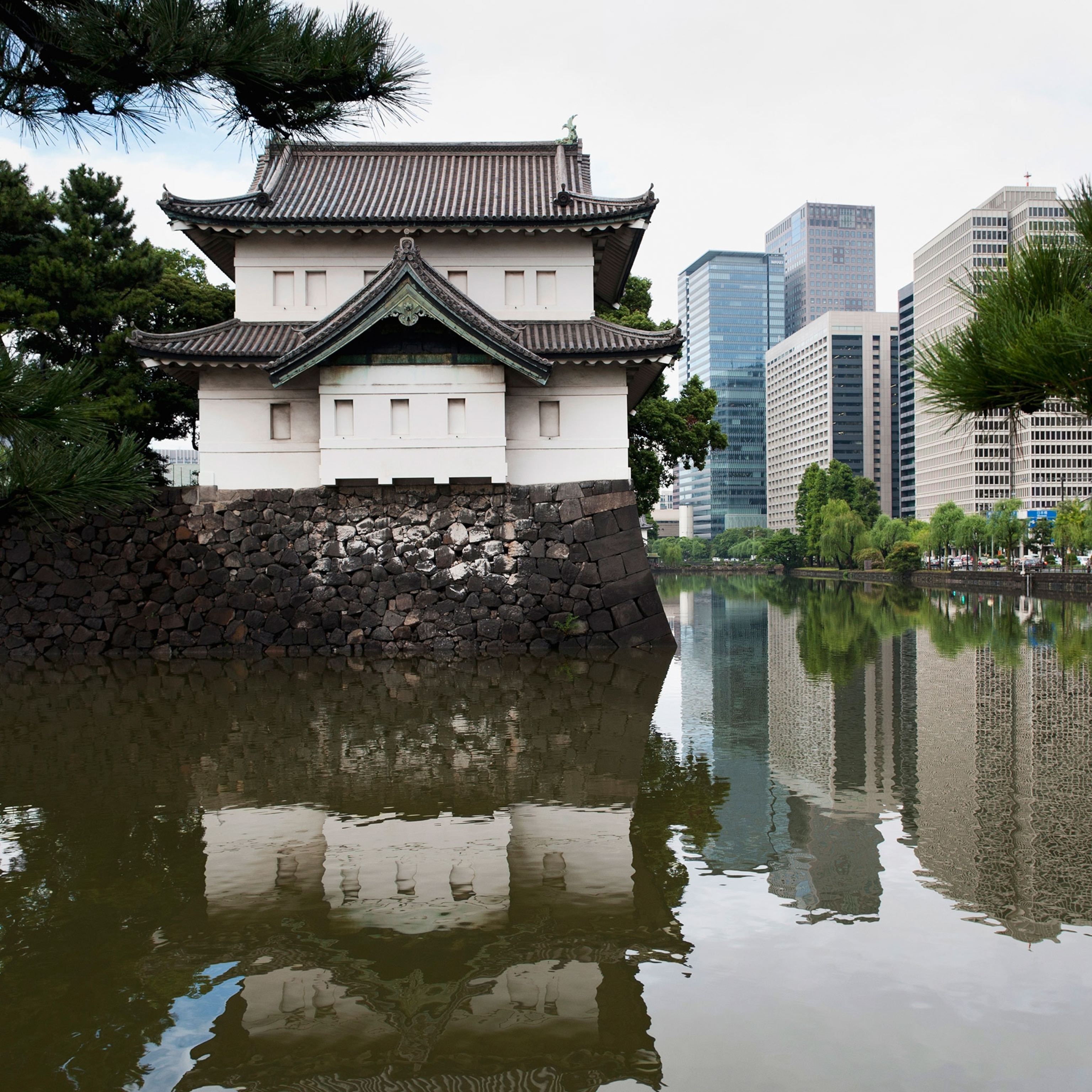
Though it falls within a long tradition, the new gengo is actually an anomaly because it was announced within a former Japanese emperor’s lifetime. Usually, the gengo is only revealed once an emperor dies, triggering a new imperial era. ln this case, though, the emperor of Japan will abdicate. Emperor Akihito will be the first Japanese monarch to do so in more than 200 years.
A royal historian tells The Guardian’s Justin McCurry that Naruhito’s “good, harmonious” reign is unlikely to dramatically depart from Japan’s norm. “Any changes in style will be barely perceptible and introduced over time,” writes McCurry.
Who Was Saigo Takamori, the Last Samurai?
The Imperial House of Japan is expected to continue to maintain a relatively low profile, in keeping with the ceremonial role of the emperor. But the circumstances of the new emperor’s accession—and the Japanese roots of his imperial era’s name—point to new traditions in the making.

